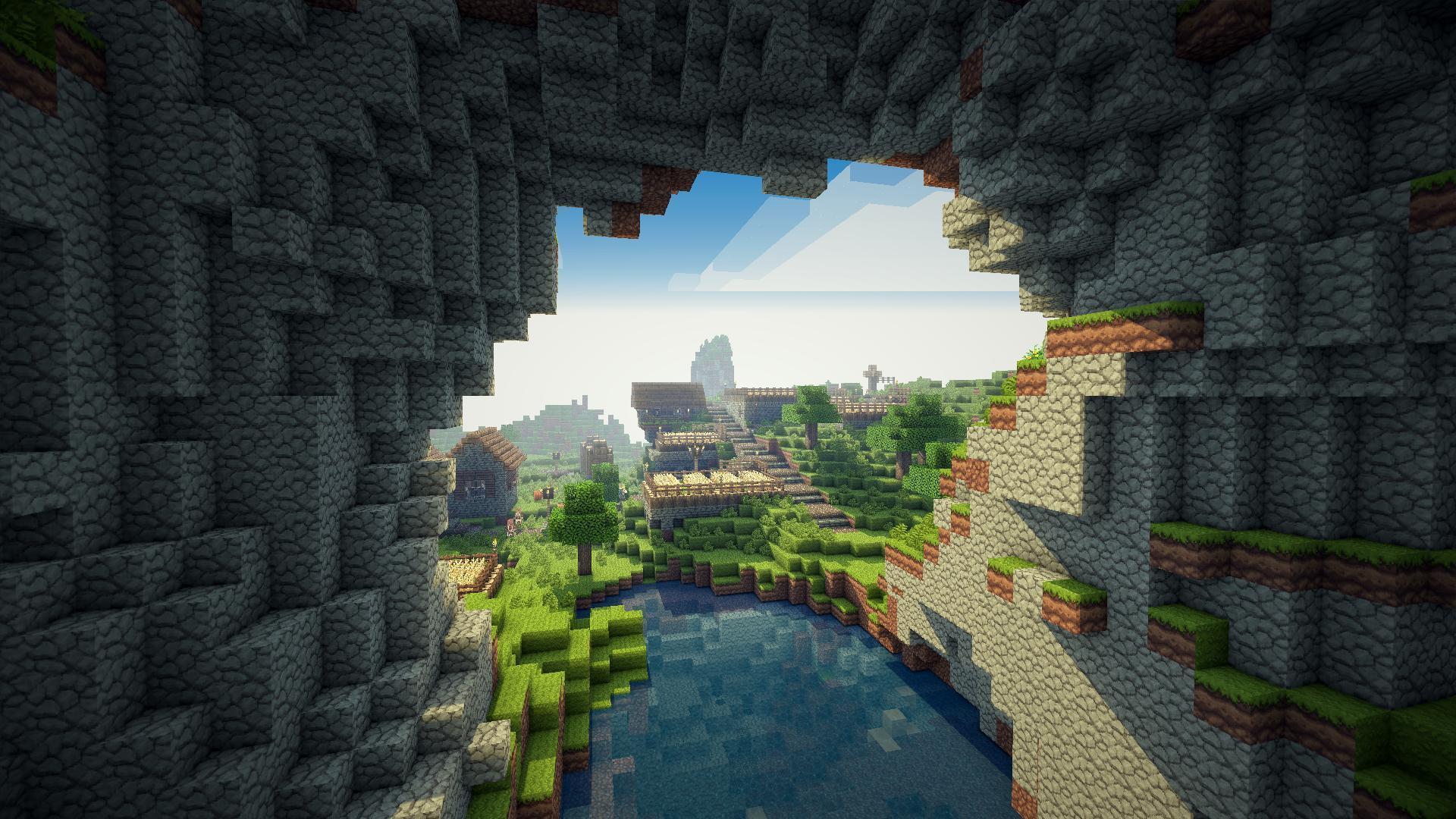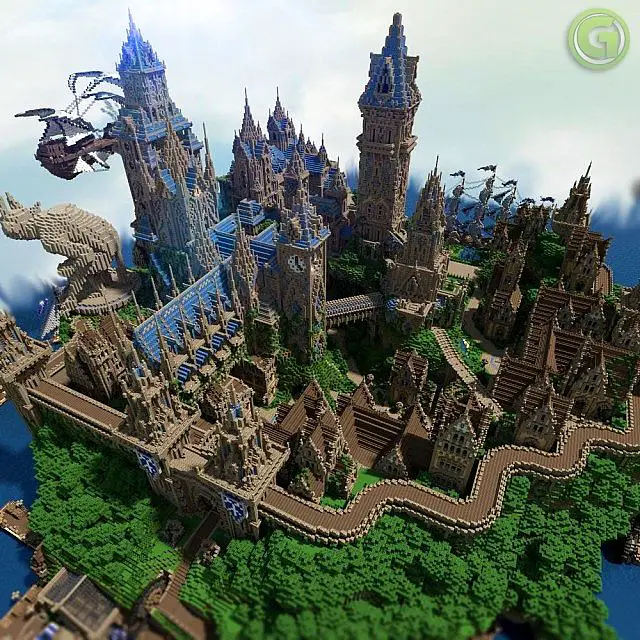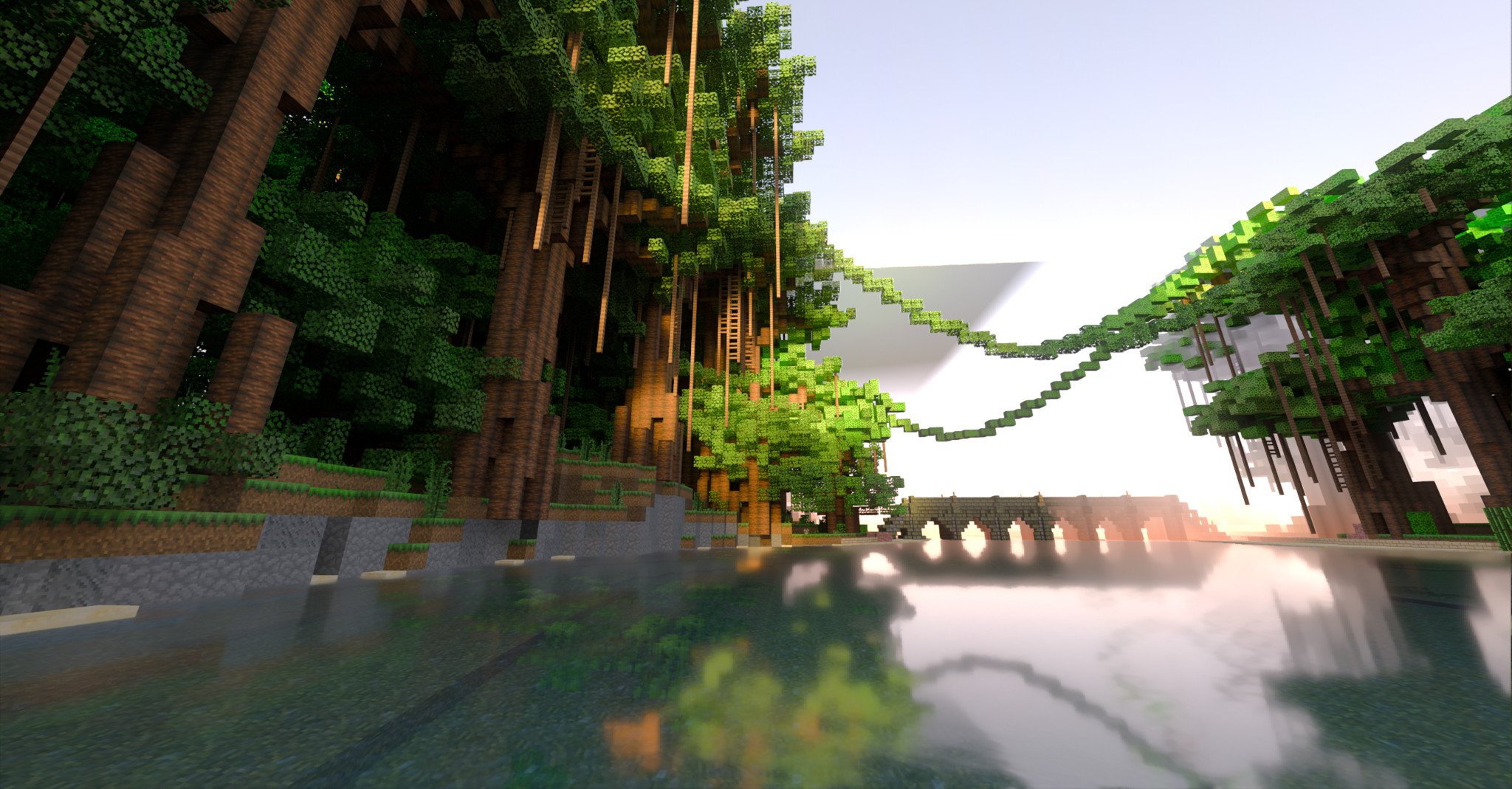Minecraft’s Educational Potential: A Tool For Learning

Minecraft, the popular video game where players explore, build, and interact in a virtual world, is gaining recognition as an effective educational tool. Its interactive environment and open-ended gameplay provide numerous opportunities for students to develop skills in various academic areas.

Problem-Solving and Critical Thinking: Minecraft tasks players with overcoming challenges, such as gathering resources, constructing shelters, and defending against mobs. This requires logical reasoning, strategic planning, and persistence, fostering problem-solving and critical thinking abilities.

Collaboration and Teamwork: Playing Minecraft in multiplayer mode encourages collaboration and teamwork. Students can work together to build structures, explore environments, and solve puzzles. This promotes communication, cooperation, and the ability to collaborate towards shared goals.
Creativity and Spatial Reasoning: The game’s expansive world allows students to unleash their creativity. They can design and build towns, castles, and elaborate contraptions, developing spatial reasoning, imagination, and engineering skills.
Science and Technology: Minecraft incorporates concepts from science and technology. Students can study astronomy by building a solar system in-game, or explore the principles of mechanics by experimenting with building materials and structures.
Social Studies and History: Minecraft enables students to simulate historical events or recreate historical landmarks. They can recreate ancient civilizations, build infrastructure, and study the dynamics of human societies.
Assessment and Feedback: Teachers can use Minecraft as an assessment tool. Students can create presentations by building models or telling stories within the game, providing teachers with insights into their understanding of concepts.
Beyond the Classroom: Minecraft’s educational applications extend beyond traditional school settings. It can be used in after-school programs, summer camps, and informal home-based learning. Its versatility and adaptability make it a valuable tool for various types of learners.
Conclusion:
Minecraft’s educational potential is vast and versatile. Its immersive environment, engaging gameplay, and cross-curricular applications make it a powerful tool for enhancing problem-solving, creativity, collaboration, and scientific exploration. By embracing its educational possibilities, educators can create rich learning experiences that prepare students for the challenges and opportunities of the 21st century.## Minecraft’s Educational Potential: A Tool For Learning
Executive Summary
Minecraft offers an unconventional gateway into learning, leveraging its immersive, open-ended sandbox environment to cultivate creativity, problem-solving, and critical thinking. Furthermore, the game’s multiplayer capabilities foster collaboration and social interaction in its digital ecosystem. Through the exploration of different in-game biomes, students can garner knowledge in geography, geology, and environmental science. Minecraft also promotes computational thinking and coding literacy, as players interact with the game’s underlying programming language. By tailoring in-game experiences to specific curricula, educators can effectively engage students in a gamified learning process.
Introduction
In the realm of digital education, Minecraft emerges as a formidable force, transcending its entertainment value to become a potent tool for knowledge acquisition. Its malleable world and limitless possibilities provide a fertile ground for cultivating diverse learning experiences, catering to various subjects and age groups. As we delve into the educational potential of Minecraft, we will uncover its multifaceted benefits and explore how it empowers students to embrace learning through play.
Creativity and Imagination
Minecraft’s sandbox nature encourages unbridled creativity and imagination. Players are free to craft their own worlds, design elaborate structures, and tell their own stories within the game’s virtual realms. This freedom fosters spatial reasoning, collaboration, and problem-solving skills.
- Building and Architecture: Encourages the development of spatial awareness, engineering concepts, and architectural principles.
- Storytelling and Role-Playing: Nurtures narrative skills, language proficiency, and social interaction in multiplayer environments.
- Resource Management: Teaches students about allocation, optimization, and sustainable resource utilization in the digital world.
- Community Projects: Promotes teamwork, communication, and the sharing of ideas in multiplayer collaborations.
Problem-Solving
Minecraft challenges players to solve complex problems through logical thinking and lateral solutions. Its open-ended nature allows for multiple approaches to any given obstacle, enhancing critical thinking and decision-making.
- Environmental Puzzles: In-game biomes present unique challenges, fostering the development of scientific inquiry, analytical thinking, and environmental consciousness.
- Technical Obstacles: Navigating the game’s terrain, crafting tools, and building structures involves computational logic, problem-solving, and engineering principles.
- Survival Mode: Teaches resource management, strategy planning, and resilience in challenging situations.
- Multiplayer Cooperation: Collaborative problem-solving in multiplayer settings strengthens communication skills, conflict resolution, and teamwork.
Collaboration and Social Skills
Minecraft’s multiplayer capabilities create a virtual space for social interaction and collaboration. Players can engage in cooperative projects, solve problems together, and share their creations with others. This fosters a strong sense of community and teaches valuable social skills.
- Peer Communication: Enhances verbal and written communication skills through in-game chat, voice calls, and online forums.
- Socialization in a Digital World: Facilitates the development of social etiquette, conflict resolution, and empathy in a virtual environment.
- Team Dynamics: Promotes leadership, negotiation, and compromise in multiplayer projects, fostering team-building and collaboration skills.
- Community Building: Encourages players to form online communities, fostering social connections and a sense of belonging.
STEM Skills
Minecraft provides an excellent platform for developing STEM skills (Science, Technology, Engineering, and Mathematics). Its interactive world and open-ended building mechanics promote computational thinking, coding literacy, and scientific inquiry.
- Coding Literacy: Introduces basic coding concepts such as variables, loops, and functions through the game’s built-in coding language.
- Engineering and Design: Enhances engineering principles, architectural planning, and spatial reasoning through the construction of complex structures and mechanisms.
- Data Collection and Analysis: Fosters scientific inquiry by enabling players to collect data, conduct experiments, and draw conclusions from their observations.
- Technology Immersion: Exposes students to emerging technologies such as virtual reality, augmented reality, and wearable computing devices, fostering digital literacy and curiosity.
Curriculum Integration
Minecraft’s versatile nature allows educators to align in-game experiences with specific curricula, creating captivating and interactive learning scenarios. Teachers can design custom maps, mods, and challenges tailored to different subjects and grade levels.
- History: Explore historical events, construct virtual landmarks, and engage in role-playing activities to bring history to life.
- Geography: Discover different biomes and regions, study landforms and ecosystems, and foster an understanding of global geography.
- Science: Conduct virtual experiments, create scientific models, and simulate ecosystems to enhance understanding of scientific concepts.
- Language Arts: Engage in creative writing, storytelling, and collaborative narrative projects within Minecraft’s digital world.
Conclusion
Minecraft’s educational potential is vast and versatile, offering unique and engaging learning opportunities for students across various disciplines. Its sandbox environment fosters imagination and creativity, while its problem-solving challenges promote critical thinking and resilience. Minecraft also encourages collaboration and social interaction, fostering valuable social skills and a sense of community. Furthermore, its STEM-focused mechanics introduce students to coding literacy, computational thinking, and scientific inquiry. Through the integration of Minecraft into educational curricula, educators can create dynamic and captivating learning experiences that ignite curiosity, nurture skills, and make learning truly unforgettable.
Keyword Phrase Tags
Minecraft Educational Potential
Educational Gaming
Virtual Learning Tools
STEM Education in Minecraft
Gamified Learning

Minecraft is such a great tool for learning! I’ve used it to teach my kids math, science, and history. They love it!
I’m not sure I agree with this article. I think Minecraft is just a game. I don’t see how it could be used to teach anything.
I’ve never thought of using Minecraft for educational purposes before. This article has given me some great ideas. Thanks!
I think Minecraft is a great way to teach kids about creativity and problem solving. It’s a lot more engaging than traditional learning methods.
I don’t think Minecraft is appropriate for use in schools. It’s too violent and it encourages kids to be destructive.
Minecraft is a great way to learn about the world around you. I’ve used it to learn about different cultures, history, and even science.
I think Minecraft is a waste of time. It’s just a game. Kids should be spending their time learning real skills.
I’ve used Minecraft to teach my kids about history. They love building recreations of historical events. It’s a great way to make learning fun.
I think Minecraft is a great tool for teaching kids about technology. They can learn about coding, engineering, and even design.
I don’t think Minecraft is appropriate for young children. It’s too complex and it can be overwhelming for them.
I think Minecraft is a great way to teach kids about social skills. They can learn how to work together, solve problems, and communicate with each other.
I’ve used Minecraft to teach my kids about math. They love building structures and solving puzzles. It’s a great way to make learning fun.
I think Minecraft is a great tool for teaching kids about the environment. They can learn about different ecosystems, biomes, and even climate change.
I don’t think Minecraft is appropriate for use in schools. It’s too distracting and it can be a gateway to other online games.
I think Minecraft is a great way to teach kids about creativity and imagination. They can build anything they can dream of. It’s a great way to encourage them to think outside the box.